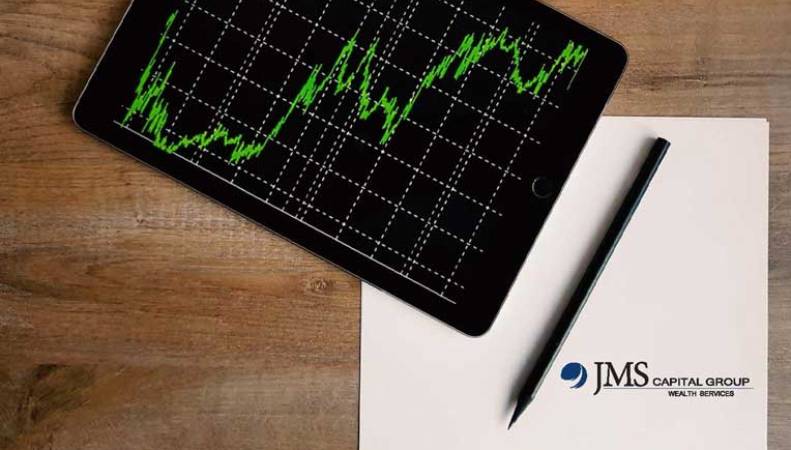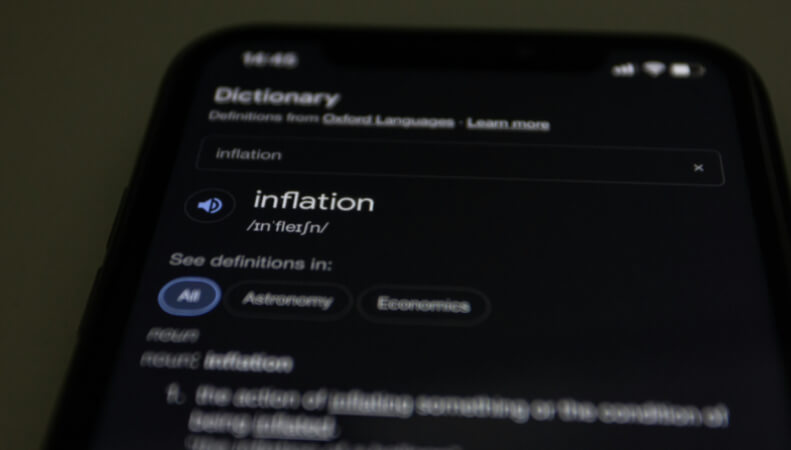By using our website, you agree to the use of cookies as described in our Cookie Policy
Blog
It’s Not Your Father’s Fed
The Fed has long been known as a chief fighter of inflation, ever since Paul Volcker in the 1980s hiked interest rates sharply in an effort to bring inflation to its knees. But a transition that started under former Fed chair Janet Yellen has accelerated under the leadership of Jerome Powell, and at this point the Fed is more dovish with respect to inflation than it has been in at least four decades.
In a news conference after the Fed’s January 27th meeting, during which it left rates unchanged, Powell remarked that although a surge in post-pandemic spending could lead to price rises, he expected any inflation spike to be transient in nature. As noted at https://www.cnbc.com/2021/01/27/fed-meeting-live-updates-watch-jerome-powell-speech.html, Powell reiterated the Fed’s willingness to allow inflation to rise above its 2% target for some time.
Why did the Fed’s policy change so much in the past decade? First, the Fed has been putting greater emphasis on the other piece of its dual mandate from Congress—full employment. After the 2017 Trump tax cuts, unemployment continued to decline without a spike in inflation, leading many economists to conclude that the economy had more slack than was previously thought.
Second, inflation warnings over the past decade simply haven’t come to pass. As observed at https://www.nytimes.com/2021/02/15/business/economy/biden-fed-inflation-covid.html, many economists fretted over the possibility of an inflation surge after economic stimulus was passed to aid those afflicted by the 2008 financial crisis. As the chart below demonstrates, these inflation fears simply failed to materialize—inflation has averaged below the Fed’s target of 2% for the past decade, and in the last eight years has rarely risen above that mark, even temporarily.
The Biden administration has been happy to take the Fed’s newfound outlook and run with it. Assuming Democrats are able to funnel a nearly $2 trillion COVID relief package through its narrow majorities in Congress, we will get to see how much more spending we can have, how much more employment we can have, before we see a substantial uptick in inflation. Given persistently low inflation in developed economics, it is understandable that the Fed wants to see how far it can push economic growth and employment, since the economy appears to room to run. Will dovish monetary and fiscal policy finally cause inflation to rise and stay above 2% for awhile? Stay tuned.
JMS Capital Group Wealth Services LLC
417 Thorn Street, Suite 300 | Sewickley, PA | 15143 | 412‐415‐1177 | jmscapitalgroup.com
An SEC‐registered investment advisor.
This material is not intended as an offer or solicitation for the purchase or sale of any financial instrument or investment strategy. This material has been prepared for informational purposes only, and is not intended to be or interpreted as a recommendation. Any forecasts contained herein are for illustrative purposes only and are not to be relied upon as advice.
‹ Back








